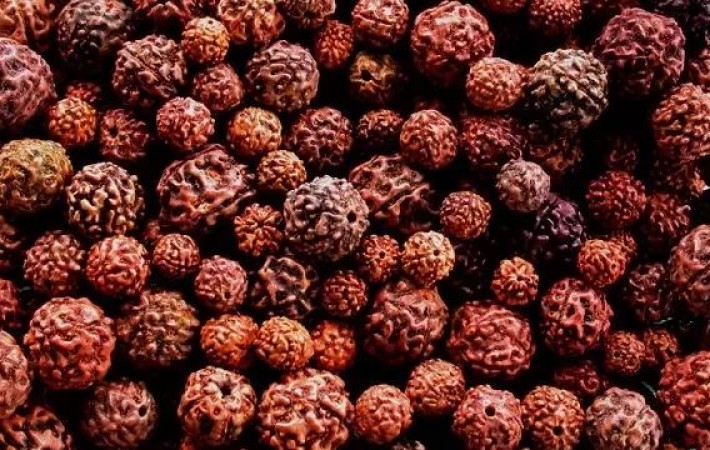
Rudraksha beads are highly revered in Hinduism, believed to have originated from the tears of Lord Shiva. Each bead is thought to house different forms of Shiva, with varieties ranging from one mukhi to twenty-one mukhi. While they are considered powerful spiritual tools, the market is flooded with counterfeit beads. Here’s how you can differentiate between real and fake rudraksha.
Understanding Rudraksha
The term "rudraksha" is derived from two Sanskrit words: "Rudra," meaning Lord Shiva, and "Aksha," meaning tears. These beads are used in meditation and spiritual practices, and their authenticity is crucial for those seeking genuine benefits.
Methods to Test Authenticity
Water Test:
Procedure: Take a one-mukhi rudraksha bead and immerse it in water. Boil it for several hours.
Observation: If the color of the bead remains unchanged and no unusual effects occur, it is likely genuine. Alternatively, you can place a rudraksha mala in a bowl of water. If the beads sink completely, they are considered authentic.
Milk Test:
Procedure: Pour raw milk into a glass and carefully place the rudraksha mala in it. Leave it for 30 minutes to an hour.
Observation: If the milk remains unchanged, the rudraksha is likely of good quality. If the milk curdles or changes color, it may indicate a fake, and you should consult an expert.
Physical Inspection:
Surface Texture: Genuine rudraksha beads have a natural, rough texture. Fake beads may appear too smooth or overly polished.
Holes: Authentic beads have natural holes that are irregular, whereas fake ones often have perfect, uniform holes.
Weight: Real rudraksha beads are heavier than their fake counterparts, which may feel lighter.
Burn Test:
Procedure: Carefully burn a small part of the bead.
Observation: Authentic rudraksha will not burn easily and may produce a specific aroma, while fake beads may burn quickly or have a chemical smell.
Expert Consultation:
If you're still unsure, consider taking the bead to a trusted gemologist or a knowledgeable practitioner who can authenticate it.
Origin of Rudraksha Trees
Rudraksha beads come from the fruit of the Rudraksha tree, which thrives in specific climatic conditions. The primary sources of these trees are located in India, Nepal, Burma, Thailand, and Indonesia. Each region may produce slightly different varieties, contributing to the diversity in mukhi counts.
Ensuring the authenticity of rudraksha beads is essential for those who seek to harness their spiritual properties. By following the methods outlined above, you can confidently identify real rudraksha and avoid the pitfalls of counterfeit products. Whether used for meditation or spiritual rituals, genuine rudraksha beads are a valuable asset on your spiritual journey.
Keep These Essentials with You While Going on Kanwar Yatra
If you see these things in your dreams, understand that wealth is about to arrive
Why Shouldn't You Eat Kadhi in Saawan? Discover the Religious and Scientific Reasons Here